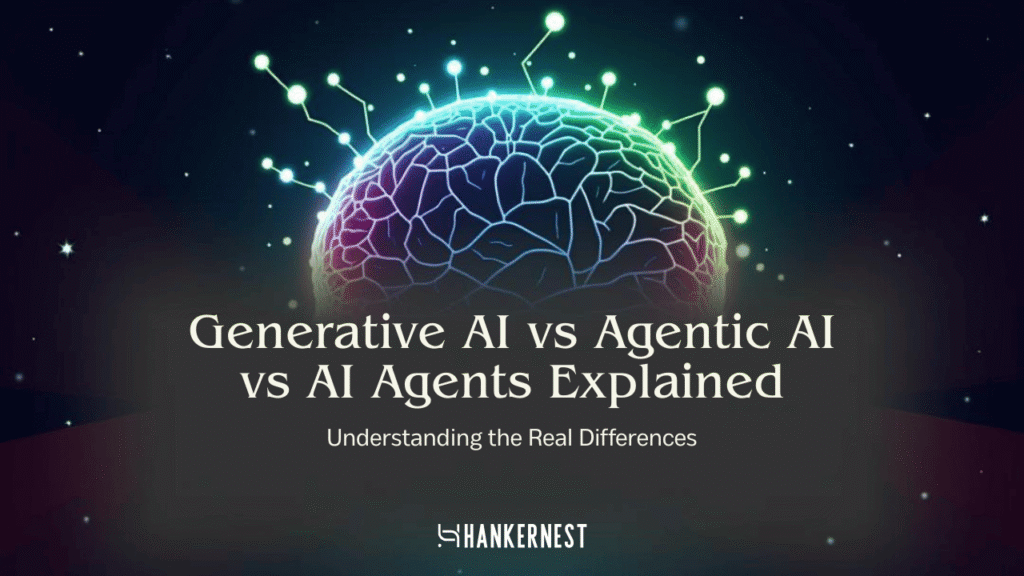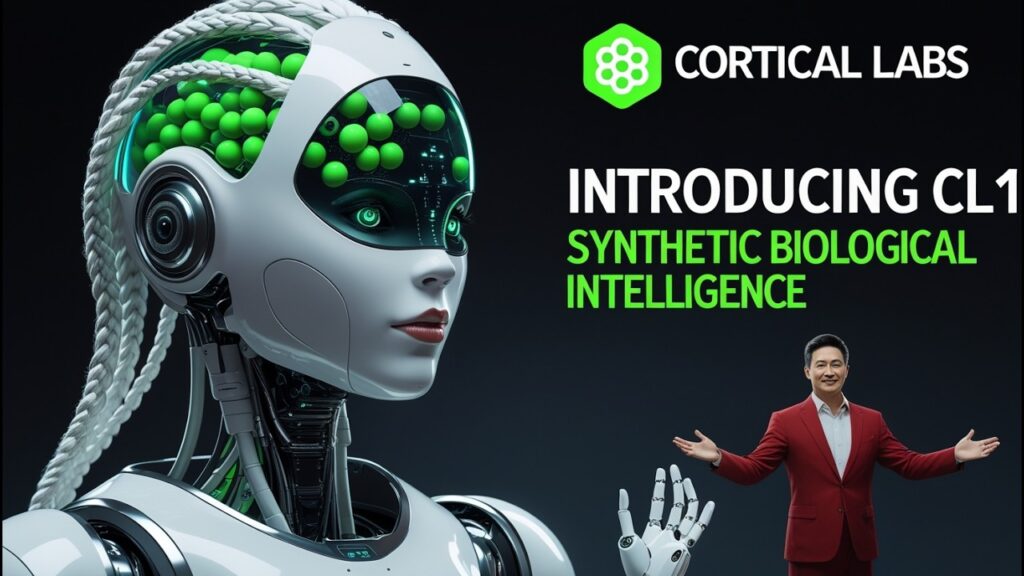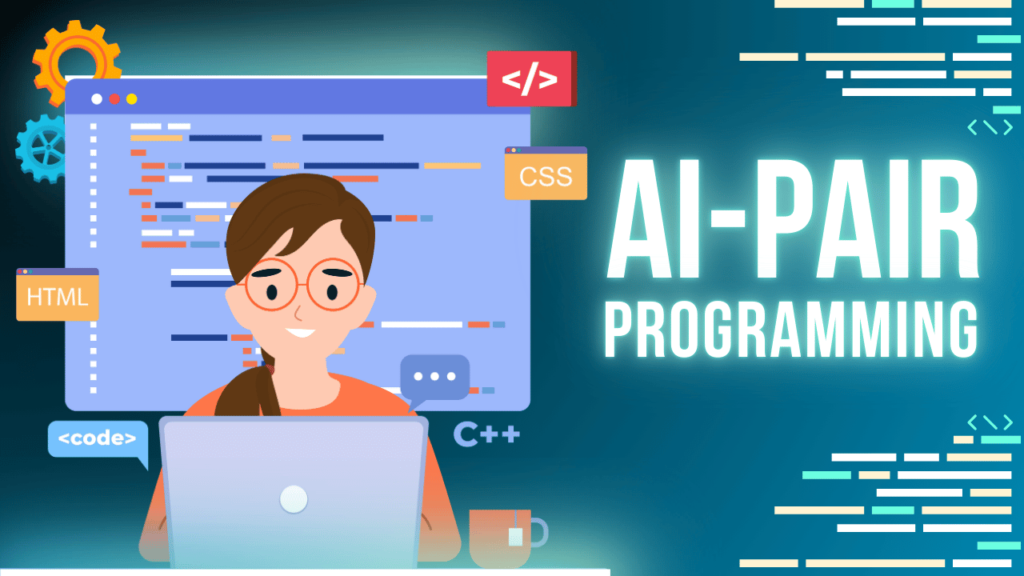TL;DR
1. Generative AI: creates content (text, images, code) but lacks autonomy—it responds to prompts.
2. Agentic AI: refers to AI systems with goal-directed behavior, capable of planning and adapting.
3. AI Agents: are autonomous programs that perceive, decide, and act—think of them as “workers” in a digital ecosystem.
4. Key Difference: Generative AI produces, Agentic AI strategizes, and AI Agents execute.
5. Use Case: Generative AI for content creation, Agentic AI for complex problem-solving, AI Agents for automation.
In the age of AI everything, buzzwords fly fast. You’ve probably heard “Generative AI,” “AI Agents,” and “Agentic AI” used interchangeably — but spoiler: they’re not the same thing.
Each represents a different layer in the AI capability stack:
- One creates.
- One executes.
- One thinks, plans, and adapts.
As developers, founders, or AI-curious learners, understanding these distinctions isn’t just nice — it’s the difference between building with AI and building on it.
Let’s unpack what each really means — and how they fit into the future of intelligent systems.
Generative AI – The Creator
What It Is:
Generative AI (e.g., GPT-4, DALL·E, Claude) produces human-like text, images, or code based on input prompts. It’s a reactive system—it doesn’t act independently but responds to user requests.
Key Features:
- Prompt-Driven: Output depends on input quality (“Garbage in, garbage out”).
- No Memory: Each interaction is stateless unless engineered otherwise (e.g., chatbots with context retention).
- Creative but Blind: Can draft an essay or design a logo but doesn’t “understand” the goal.
Example Use Case:
- ChatGPT writing a blog draft.
- MidJourney generating concept art for a game.
Agentic AI – The Thinker
What It Is:
Agentic AI refers to systems that exhibit goal-directed behavior, autonomously making decisions to achieve objectives. Unlike Generative AI, it’s proactive—planning, adapting, and learning from feedback.
Key Features:
- Autonomy: Can refine strategies without constant human input.
- Multi-Step Reasoning: Breaks down complex tasks (e.g., “Optimize supply chain logistics”).
- Memory & Learning: Improves over time (e.g., AI research assistants that refine queries based on past results).
Example Use Case:
- An AI analyzing market trends and suggesting real-time pricing adjustments.
- A coding assistant that debugs, tests, and iterates on code autonomously.
AI Agent – The Worker
What It Is:
AI Agents are self-contained programs that perceive their environment (via APIs, sensors, or data streams), decide on actions, and execute tasks. They’re the “doers” in automation.
Key Features:
- Specialized: Often designed for narrow tasks (e.g., scraping data, scheduling meetings).
- Multi-Agent Systems: Can collaborate (e.g., one agent researches, another negotiates pricing).
- Tool Integration: Use APIs, browsers, or custom software (e.g., AutoGPT, Devin AI).
Example Use Case:
- A customer service agent that pulls order history, processes returns, and updates CRM.
- A swarm of agents managing a smart city’s traffic lights and energy grids.
The Comparison
| Feature | Generative AI | Agentic AI | AI Agents |
|---|---|---|---|
| Core Function | Content generation | Persistent, intelligent autonomy | Goal-oriented task execution |
| Autonomy | None (prompt-only) | High (goal-driven) | High (self-acting) |
| Output | Content | Strategies/ Decisions | Actions/ Results |
| Memory | Stateless (usually) | Yes (learns/adapts) | Context-aware |
| Learning After Deployment | No | Possible | Possible |
| Tool Use | No | Yes (learns which tools to use) | Yes (Explicitly Coded) |
| Example | ChatGPT, Gemini | AutoGen, CrewAI | AutoGPT, Devin |
When to use what?
- Generative AI – When you need content generation (drafts, designs, synthetic data).
- Agentic AI – For complex, multi-step problems (business strategy, scientific research).
- AI Agents – To automate repetitive tasks (data entry, customer support, DevOps).
Warning: Don’t assume “Agentic” = “AGI”—today’s systems are task-specific, not sentient.
Conclusion
Generative AI is your creative assistant, Agentic AI is your strategist, and AI Agents are your digital employees. The future lies in combining them: Imagine an AI Agent using Generative AI to draft a report, then Agentic AI to refine its arguments based on real-time data.
For builders, the key is matching the tool to the task. For everyone else? Now you know why these labels matter.


